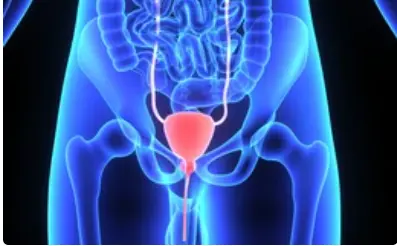 Welcome
Welcome
“May all be happy, may all be healed, may all be at peace and may no one ever suffer."
Induction and augmentation of labor - Generics
Induction and augmentation of labor are obstetric interventions used to help start and progress labor when it is not happening spontaneously or not progressing adequately.
Induction of labor refers to the initiation of labor artificially using medical methods. There are several reasons why labor may need to be induced, including post-term pregnancy, preeclampsia, maternal medical conditions such as diabetes or hypertension, premature rupture of membranes, and fetal distress. The methods used for induction of labor include cervical ripening agents such as prostaglandins, mechanical methods such as balloon catheter or sweeping of the membranes, and the use of oxytocin to stimulate uterine contractions. Induction of labor carries some risks, such as uterine hyperstimulation, fetal distress, and cesarean delivery.
Augmentation of labor refers to the stimulation of uterine contractions in a woman who is already in labor but whose contractions are not strong enough or frequent enough to result in adequate cervical dilation and fetal descent. The most common method of augmenting labor is the administration of oxytocin, which can be given through an intravenous line. Augmentation of labor carries similar risks as induction, including uterine hyperstimulation and fetal distress.
Both induction and augmentation of labor should only be performed when the benefits outweigh the risks, and careful monitoring of maternal and fetal status is essential during and after these procedures. The decision to induce or augment labor should be made by the obstetrician in collaboration with the patient, taking into account individual factors and preferences.

Wound dressing for preven...

Renal disease and vitamin...

Growth hormone deficiency

Intestinal amoebiasis

Chagas disease

Recurrent UTI

Enuresis

Pulmonary oedema
Induction and augmentation of labor, শ্রমের অন্তর্ভুক্তি এবং বৃদ্ধি
To be happy, beautiful, healthy, wealthy, hale and long-lived stay with DM3S.